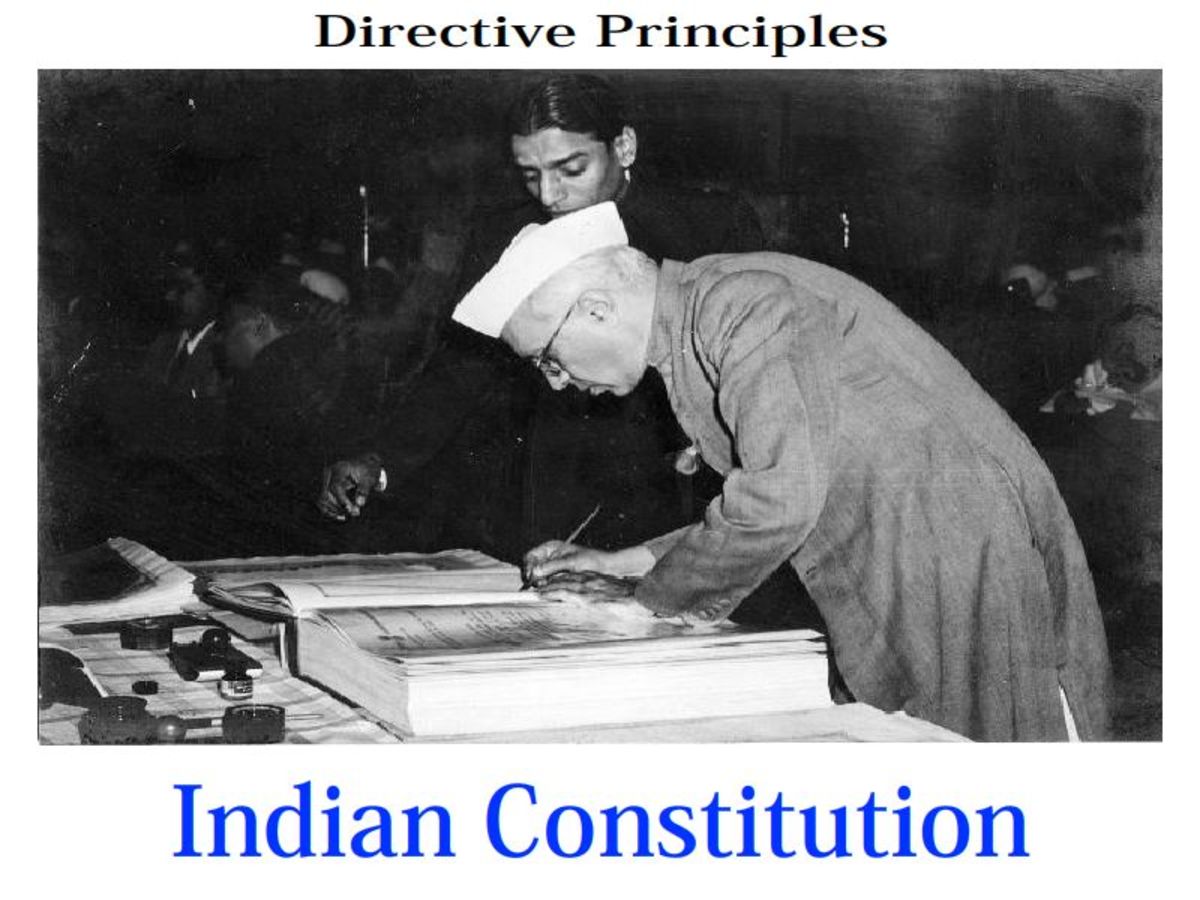The Fourteenth Amendment: A Turning Point in American Citizenship

Introduction
The Fourteenth Amendment, ratified in 1868 during the Reconstruction era, is one of the most influential provisions in American constitutional history. It was written to protect the rights of newly freed slaves after the Civil War, but over time it has reshaped the meaning of citizenship and the balance of power between the states and the federal government. To understand its impact, we must look at both what it accomplished and what it changed from the original constitutional framework.
The Ideal Constitutional Design
When the Constitution was first adopted, sovereignty rested in the people of the several states. A person was first and foremost a citizen of a state, and by virtue of that, a citizen of the United States. The federal government was created as an agent of the states and the people, with limited and enumerated powers.
In this design:
-
States acted as trustees of the people’s rights.
-
The federal government’s powers were restricted to what was expressly delegated.
-
Rights were understood as natural and unalienable, not granted by government.
What the Fourteenth Amendment Did
The Fourteenth Amendment made a dramatic shift. Its opening sentence declares:
“All persons born or naturalized in the United States, and subject to the jurisdiction thereof, are citizens of the United States and of the State wherein they reside.”
This sentence created a new kind of citizenship—citizenship of the United States—and attached state citizenship to it as a secondary matter. The practical effect was to reverse the order of sovereignty. Instead of being citizens of a state first, people were placed under a new federal status.
The Amendment also introduced two important legal protections:
-
Due Process Clause – prohibiting states from depriving any person of life, liberty, or property without fair legal procedures.
-
Equal Protection Clause – requiring states to apply the law equally to all persons.
These provisions provided a foundation for later civil rights cases, including Brown v. Board of Education and other landmark rulings.
Problems with Implementation
While the goals of the Fourteenth Amendment included fairness and equality, its adoption and use raised serious constitutional and legal questions.
-
Ratification Under Pressure
Southern states originally rejected the Amendment. Congress then placed them under military rule and required ratification as a condition of rejoining the Union. This raised doubts about whether the amendment was lawfully adopted. -
Federal Overreach
By creating a new form of citizenship, the Amendment gave the federal government wide authority to regulate rights that were originally reserved to the states. Over time, courts have used it to justify expanding federal jurisdiction far beyond what the framers intended. -
Loss of State Sovereignty
Before the Fourteenth Amendment, states were the primary guardians of individual rights. Afterward, the federal government assumed this role, reducing states to administrative units rather than co-sovereigns in the Union. -
Permanent Application of a Temporary Remedy
The Amendment was intended to address the condition of freed slaves during Reconstruction. Instead, its provisions have been applied universally, long after that period ended, altering the structure of American law for all generations.
The Broader Consequences
The shift from state to federal citizenship has had lasting consequences:
-
Courts treat individuals as federal subjects first and state citizens second.
-
Federal taxation, regulation, and administrative law are applied universally.
-
The federal government has become the primary judge of rights, a role that once belonged to the people and their states.
Although the Fourteenth Amendment has been used to strike down unjust discrimination, it has also been the legal foundation for expanding federal power at the expense of state sovereignty and individual independence.
The Core Issue
The central issue with the Fourteenth Amendment is that it converted citizenship from a natural and state-based status into a federal legal status. This happened without full disclosure to the people and without genuine consent. In effect, it changed the relationship between the individual, the state, and the federal government.
Moving Forward
Understanding the Fourteenth Amendment is essential for anyone concerned with liberty and constitutional government. The remedy is not to erase its positive achievements in civil rights but to recognize the distinction between state citizenship, which preserves sovereignty, and federal citizenship, which places individuals under expanded national jurisdiction.
Reasserting the original balance of powers—where government serves as trustee of the people’s rights rather than master of them—is the path back to the constitutional design.
Conclusion
The Fourteenth Amendment was born in a time of crisis, and while it provided vital protections against racial injustice, it also created a lasting shift in citizenship and government power. By studying its history and its legal consequences, we can see clearly how a well-meaning amendment transformed the structure of American law. The challenge for today is to honor its protections while restoring the sovereignty of the states and the people, as originally intended.
This content reflects the personal opinions of the author. It is accurate and true to the best of the author’s knowledge and should not be substituted for impartial fact or advice in legal, political, or personal matters.
© 2025 Joe Lustica








